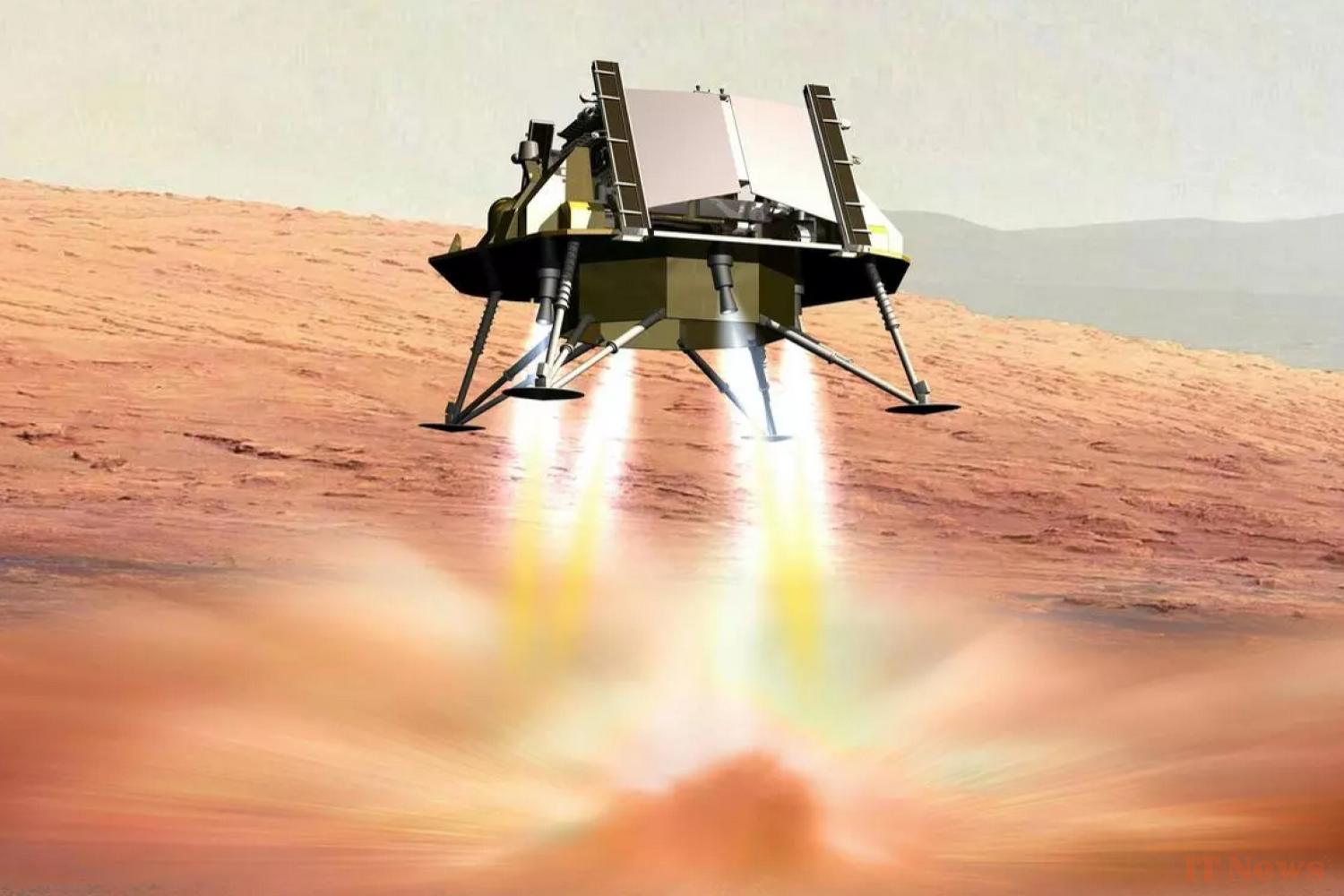The European Space Agency's Mars exploration program is beginning to regain momentum—and it's largely thanks to French companies. Thales Alenia Space has selected Airbus to complete construction of Europe's first Mars rover, which had been paralyzed for several years due to the invasion of Ukraine.
This vehicle is part of ExoMars, a two-phase mission focused on searching for traces of past life on Mars. It began in 2016 with the deployment of the Trace Gas Orbiter (TGO), a probe that studies the Red Planet's atmosphere from orbit to find markers of geological and potentially biological activity, such as methane.
The second phase relies entirely on a rover called Rosalind Franklin, designed to search for traces of life in Martian rocks, similar to NASA's Perseverance rover. An ambitious and exciting project that all space lovers were eagerly awaiting as the launch approached, initially planned for 2022.
A program undermined by the invasion of Ukraine
But that was without taking into account the intervention of Russia, which decided to launch its "special military operation" in Ukraine shortly before this deadline. Following this geopolitical earthquake, the ESA decided to suspend its cooperation with Roscosmos, the Russian space agency.
ESA officially excludes Russia from ExoMars, Rogozin sees red
A decision that had very concrete consequences. The Russian contingent was in fact responsible for designing several key elements of the rover, such as the lander platform that was supposed to take it to the surface.
For about two years, the program was thus partially paralyzed. ESA had to work extra hard to get the machine going again, both literally and figuratively. It signed several contracts with external contractors to complete the rover, including a particularly important one with NASA. The American agency will be responsible for designing the retro-thrusters that will help Rosalind Franklin land on Mars.
Airbus is leading the charge
But fortunately, the ESA has not delegated the rest of the project to Uncle Sam. In April 2024, it announced the formation of a European consortium led by Thales Alenia Space, which will also play a central role in the design of the rover.
ExoMars: the aerospace elite receives 552 million to relaunch the mission
And the Franco-Italian joint venture's action plan is beginning to take shape: it recently announced that it had selected the British division of Airbus for the design and construction of the famous platform, which had been at a standstill since the ouster of Roscosmos.
A This choice is not surprising, given that the French aircraft manufacturer is already one of the most important players in the program. Indeed, it was already the British branch of the company that designed and assembled the rover itself at the Stevenage site in the United Kingdom. Its engineers therefore have a perfect knowledge of each element of the machine, and are naturally best placed to design the support that will allow it to reach its destination.
The deadline is approaching
Airbus will be allocated a budget of 179 million euros, and will have a few years to complete this crucial element. Indeed, the rover's departure is not scheduled until 2028, in order to avoid the merciless "dust season" which would severely complicate operations. A blessing in disguise, as there's still a lot of work to be done to prepare the craft.
In particular, all the elements that have been modified or replaced since Russia's ouster will need to be installed and validated. This includes the radioactive heating system provided by NASA, which will allow the instruments to survive Martian temperatures. The whole system will also need to be carefully sterilized to avoid any contamination of the Red Planet. And above all, the entire atmospheric entry, descent, and landing system will need to be requalified. This is particularly important since Schiaparelli, the demonstrator that arrived at the same time as the TGO in 2022 to pave the way for the rover, unfortunately crashed at the end of its descent.
It will therefore be necessary to closely monitor the progress of this work over the next three years, while awaiting the departure of this mission, which will undoubtedly be one of the most interesting in the history of the ESA.



0 Comments